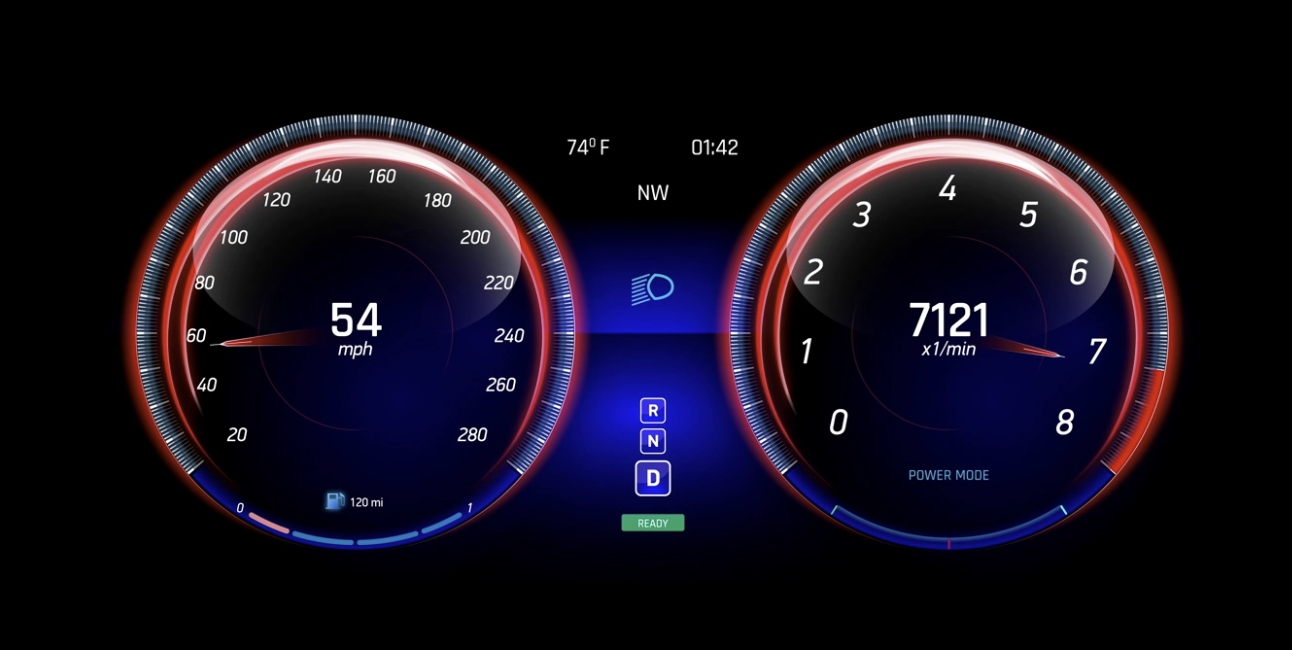When I first heard about Google Analytics 4, I had the same reaction as I did when my cellphone provider announced they were switching to G5 and my old phone wouldn’t work anymore on their network.
“Why do companies always take a good thing and change it?”
But just as the move to G5 on the cellphone service is all about improving user experience (fewer dropped calls), so too is Google’s move to the “G4” platform. Here’s what you need to know about the shift in how Google collects and displays your website data.

Google Analytics 4: It’s All About the User
Google Analytics 4 launched in October 2020 after nearly 15 years of the old Google Analytics platform. The previous Google Analytics platform collected and linked metrics based on the session. This groups all interactions with a website in a time frame.
What’s the difference? Sessions were all about the site: how long people were on the website, where they went, what they clicked. Users, on the other hand, will focus on what people actually do when they come to your website.
By focusing on the specific actions that each user takes, the goal is to add further details to the rich repository of information already available in Google Analytics. It’s all about what the user does on the site rather than what the user does during a specific timeframe.
Capture Data About Interactions
What interactions will the new G4 record? Several important pieces of information including downloads, video views, site clicks, scrolling, outbound clicks and page views, for example, will be captured on the new Google Analytics 4 platform.
This information can be used in many ways. Site owners can see which content encourages click throughs to products or leads visitors deeper into their website. Combined with the existing data in Google Analytics (which remains visible on the updated platform), site owners can now gain a much clearer picture of the actions that people take when they visit their website.
Reflects How Users Visit Websites Today
The original Google Analytics platform was added in 2005. As you can imagine, the way people use the internet has changed dramatically since then. Today’s site visitor is more likely to land on a site from their mobile device or tablet than a desktop unit. Some people switch back and forth among devices. The older platform could not capture cross device visit history. The new Google Analytics 4, however, can track users no matter what type of device they use, and gather consistently useful data on site visitors no matter where, when, or how they visit your website.
Improved Predictive Analytics
Google has always seemed a little uncanny in its ability to predict future actions based on a user’s past behavior. Now, however, the company has improved its machine learning functions in Google Analytics and promises that G4’s improved predictive intelligence will be better able to help marketers serve their customers. We’ll see how accurate it is, but sources say it is a big improvement over past predictive capabilities in Google.
No word on whether or not it can predict the weather, but knowing Google, they’re working on it!
The Bottom Line: Adding Google Analytics 4 Is a Must to Stay Competitive
Smart business owners know that understanding consumer behavior is an important step toward increasing sales. The more information you have about your customers’ behavior once they land on your website, the better you’ll be able to leverage that information to help them find the products and services that they need.
The Dashboard Interactive Marketing Team is already completely up to speed on the transition to Google Analytics 4 and is ready to transition your website to the new reporting method. We’re here to help you both use and interpret the fresh new data available to users of G4. Schedule a consultation now with our team to learn more about how we can help you benefit from the wealth of data available through your website. Call 763-242-2454 today for a consultation.

